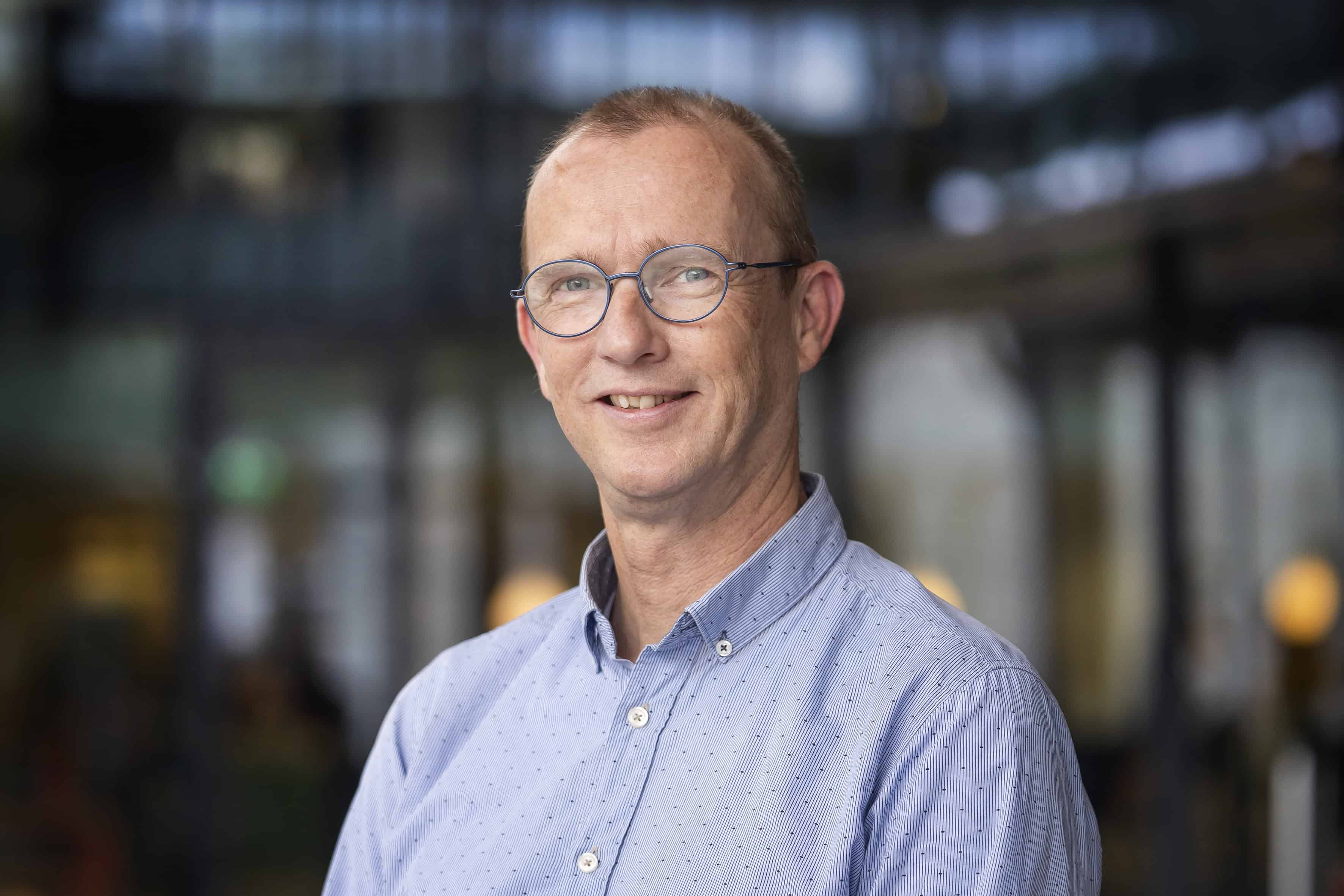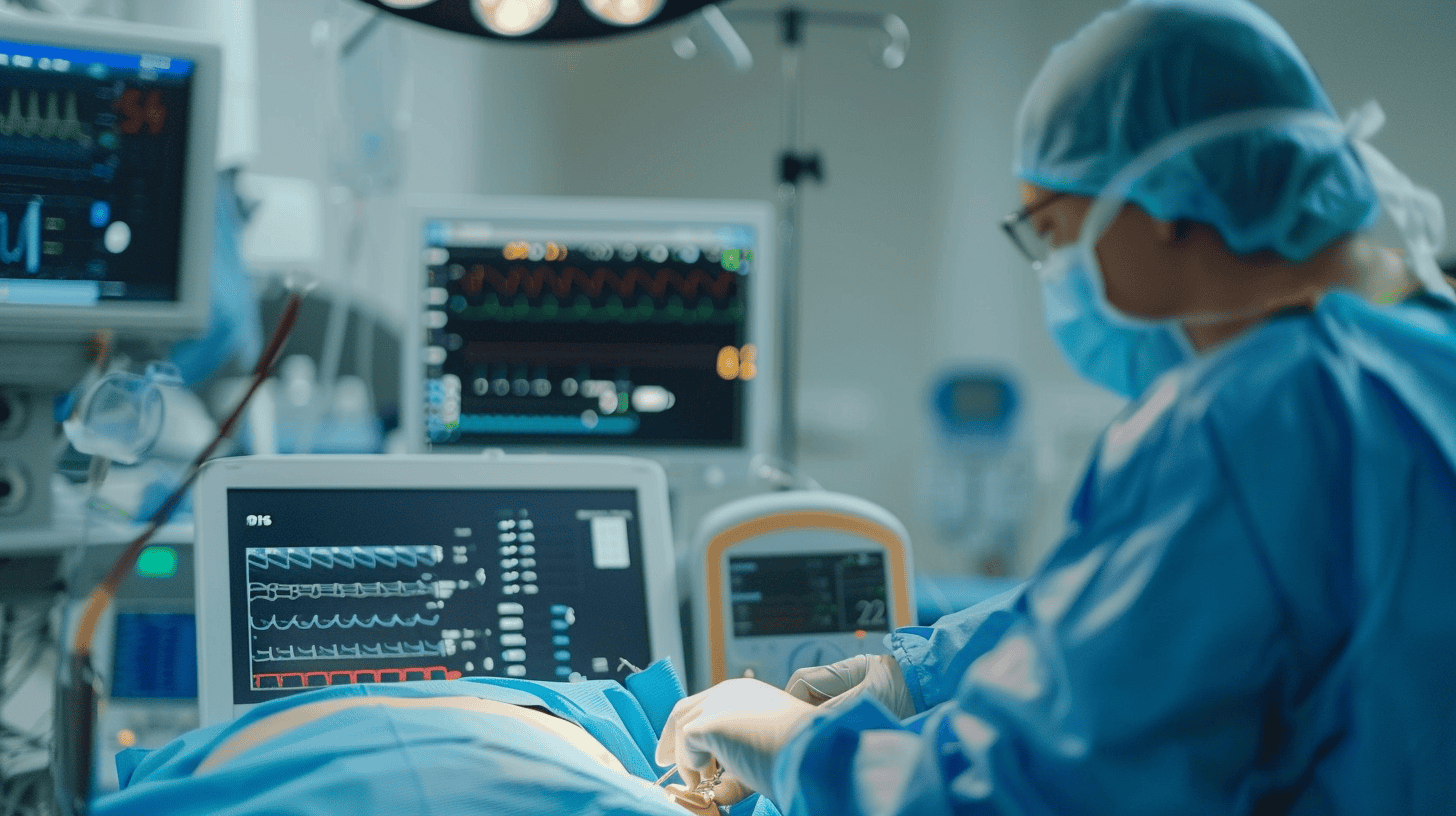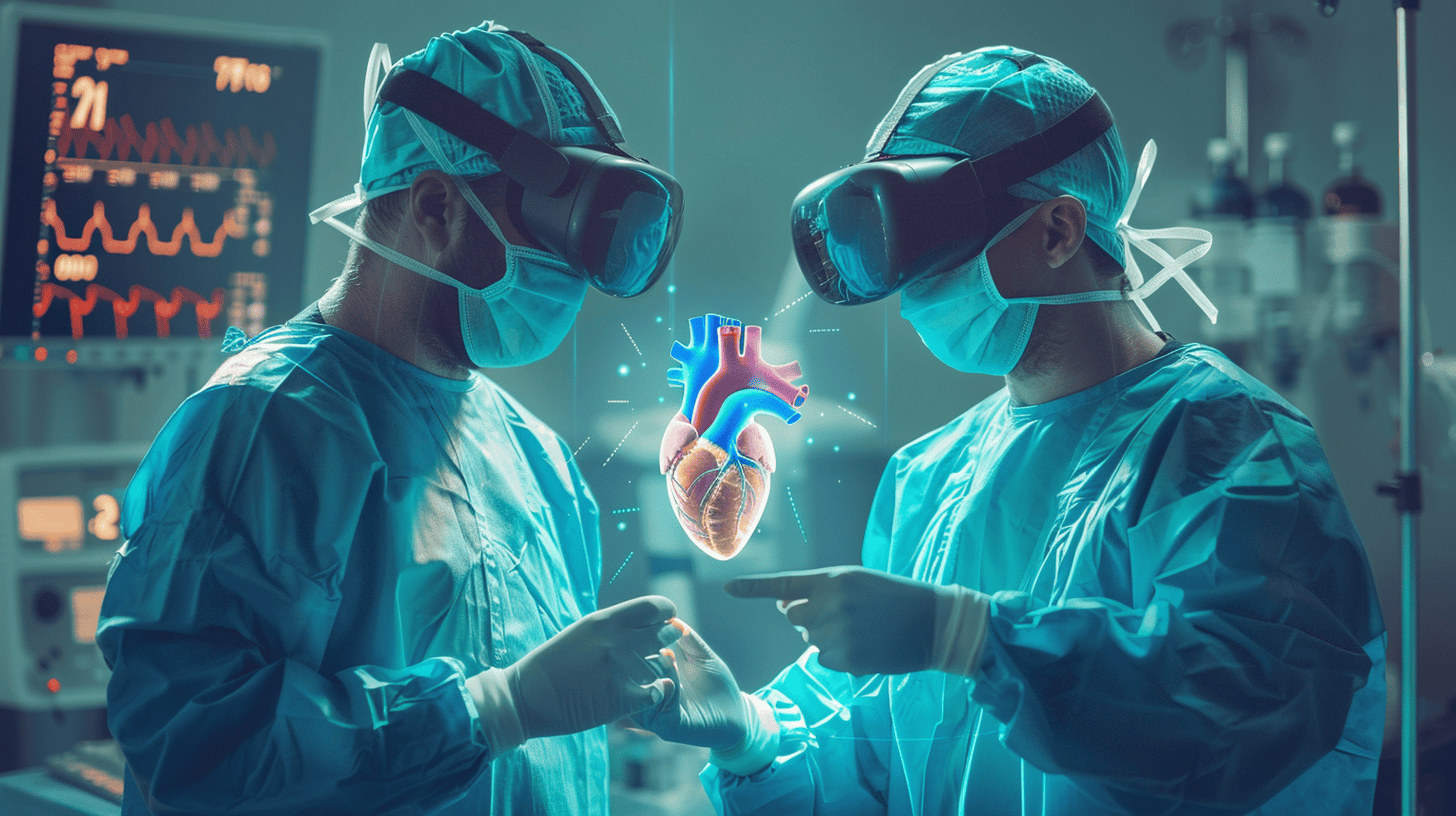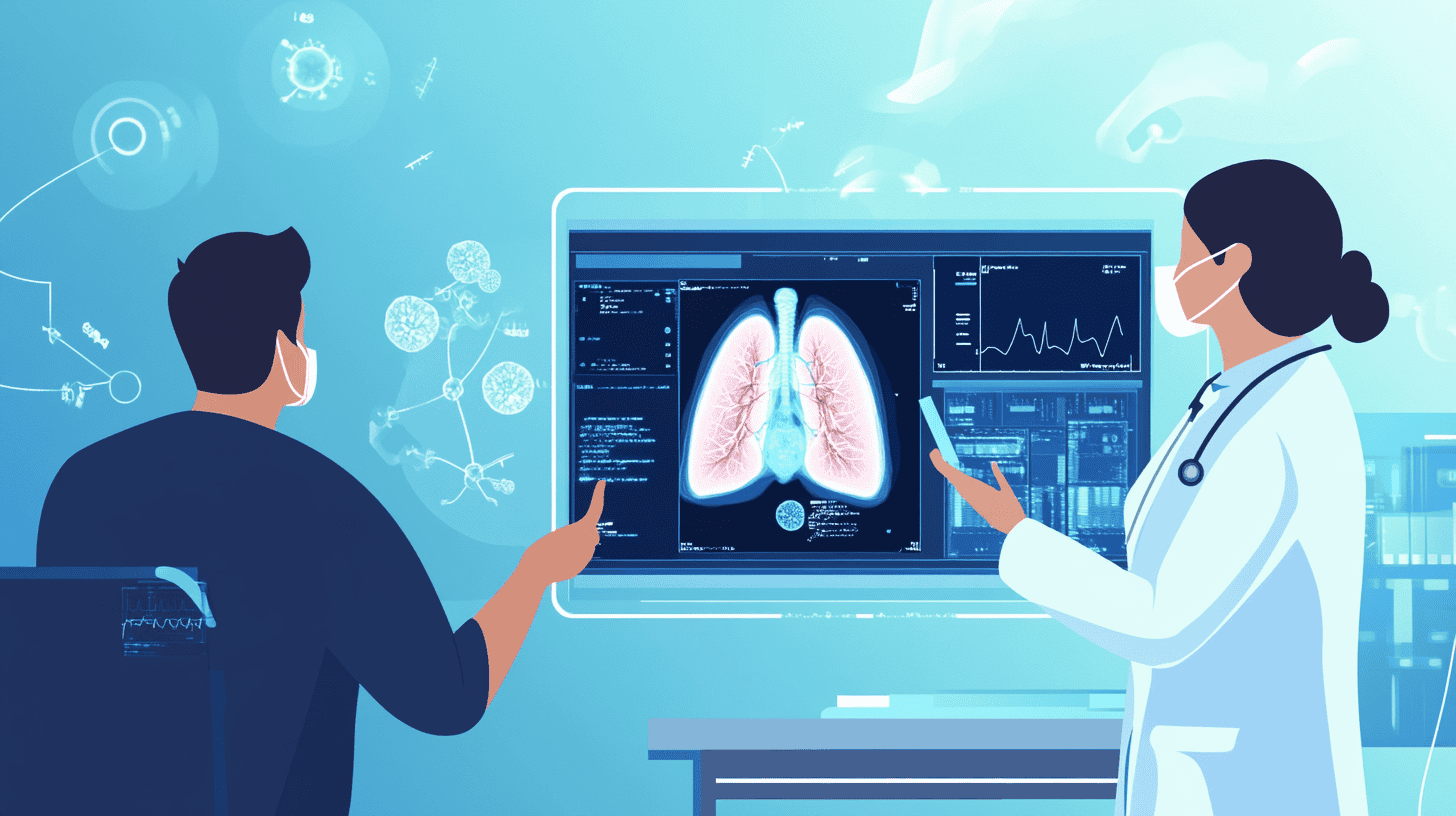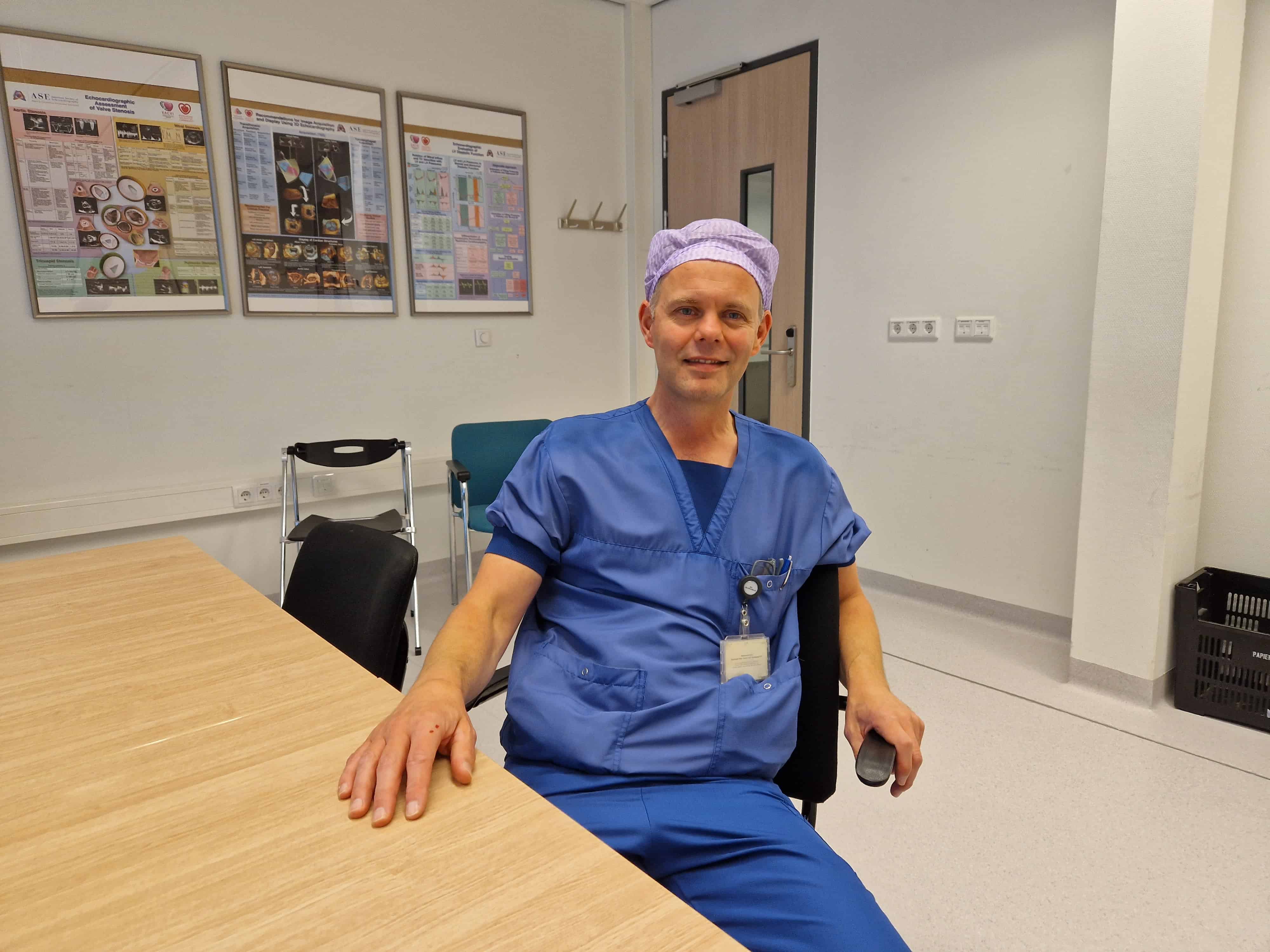
On the first floor of Eindhoven’s Catharina Hospital is the anesthesiology department. There, patients of all ages pass by. Heart or abdominal surgery and childbirth: anesthesia is administered in these and many more medical procedures. Among the department’s staff, there’s Dr. Arthur Bouwman, busy in his shift at the operating room (OR). Yet, he warmly welcomes IO into the department, as he could still spare some time for an interview.
- Dr. Arthur Bouwman recently became a new TU/e professor. His inaugural lecture was about the role of technology in healthcare.
- With many years of experience, he believes technology is enabling, but its adoption must have significant benefits for patients.
- Partnerships between academia, hospitals, and healthcare device manufacturers are key to improving healthcare.
Arthur Bouwman recently became a Perioperative monitoring and clinical decision support professor at the Eindhoven University of Technology (TU/e). In his inaugural lecture, he spoke about the role of technology in perioperative care, which involves patient care before, during, and after an in-hospital surgical procedure.
Following his medical degree at the University of Groningen, he moved to Amsterdam, obtaining a cum laude doctorate at the VU University Medical Center (VUMC). After completing his training there and starting his work career, he continued his southward journey, arriving in Eindhoven in 2013. The professorship comes after years of work, dedication, and experimentation with technology.
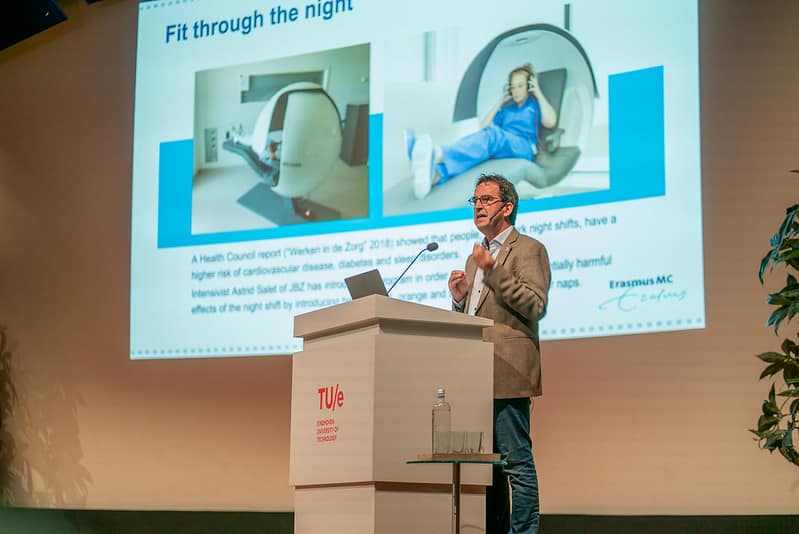
Increasing possibilities
“Technology has really increased our possibilities and allowed us to perform better treatments on all levels of care. Years ago, one needing a new heart valve had to have their chest opened by a heart surgeon. Now, we can also do it through the groin; even older people can have one. It is enabling,” he says.
Technology can play a pivotal role amid an aging population and staff shortage. In fact, it already is. Thanks to the development of new medical procedures and technologies, the time patients spend in hospitals is reduced compared to the past, and they recover better. More and more, care is expanding outside the boundaries of hospital walls, thanks to monitoring technologies. These are smart patches, for instance, or other kinds of wearables that gather live patient data. Bouwman believes they can make a difference also inside the hospital premises.
“Half of the patients that suffer a cardiac arrest in the hospital experience it in the general ward. We know that the signs of it can be spotted in the hours before it happens and that doing spot checks at fixed times is an improvement already, yet we might miss some variations in between. Technology can come in to spot deterioration signs, but then more alarms will come. Parallel to the development of monitoring technologies, we need to also work on alarm management,” he stresses. Distinguishing between relevant and non-relevant signals is critical to not further overloading medical personnel.
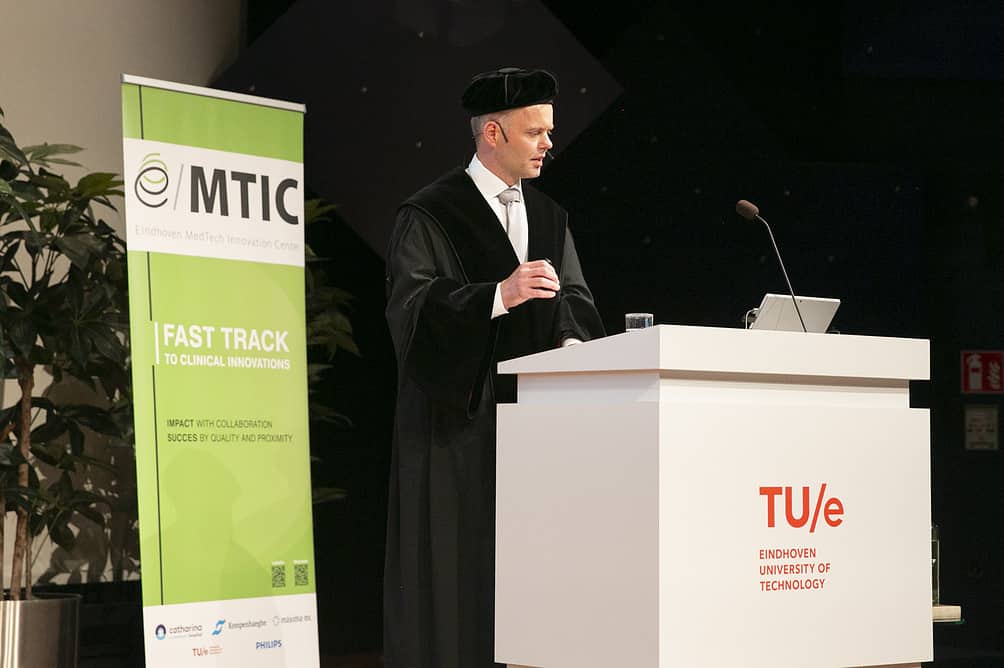
The right balance
In this continuum of care, the doctor sees monitoring technologies stepping up to tear down some of the “walls” between primary and secondary care and intra and extramural care. From sharing data to connecting general practitioners to surgeons with relevant patient data, such innovations can improve medical practice.
Despite being keen on adopting new technology, Bouwman keeps an eye on balancing the costs and benefits a given tech can bring. Costs are an essential aspect to consider in healthcare, with 2040 forecasts predicting over twenty percent of the Dutch gross domestic product invested in healthcare. One in four workers is expected to work in the healthcare system. “That’s not sustainable,” states Bouwman as he picks up a call from the OR. Notwithstanding, technologies must be worth the price they are being paid for, bringing considerable benefits to the patients.
On one hand, technology is enabling; on the other, it increases demand. “Where we couldn’t previously place heart valves, now we can. This means that a whole new group of people can access this treatment,” the doctor underlines.
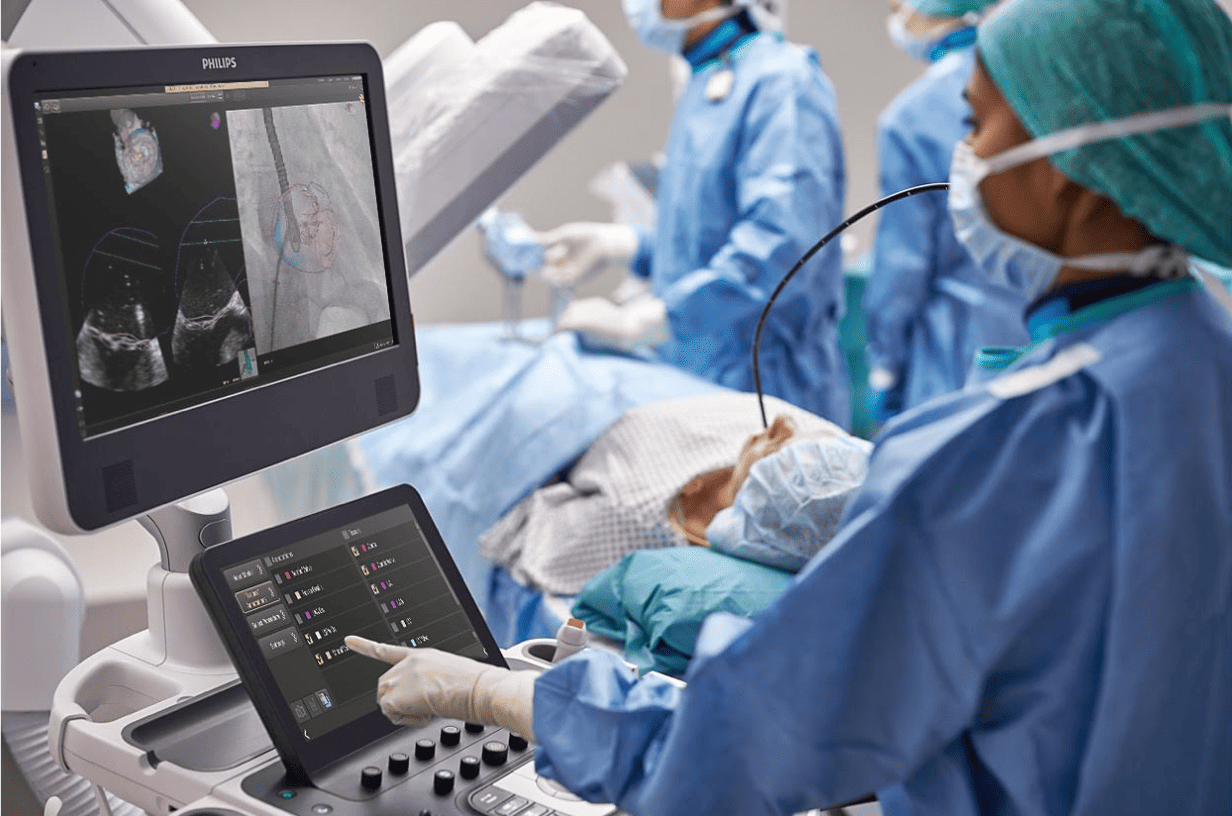
Working together towards the same goal
In adopting innovations in healthcare, having patients on board helps; ultimately, their needs remain the priority. A good user experience makes all the difference in adopting a technology. “As doctors, we only have a perception of what a patient would want, and manufacturers might have an impression of what doctors would want. Embedding patients more in the process is necessary, and it’s already happening, with the latest grant applications for medical devices requiring the involvement of a patient counsel,” adds the doctor.
In his Eindhoven years, Bouwman took part in some of the TU/e’s initiatives coordinated by the Eindhoven MedTech Innovation Center (e/MTIC) and the Center for Care & Cure Technology (C3Te). Through these collaboration projects, manufacturers, engineers, and doctors sit at the same table to develop new technologies.
“Usually, the relationship between the industry and medical professionals can be very difficult, as there’s always a risk of a conflict of interest. However, the collaboration between academia, industry, and medical institutions is a good way of developing technology, and, as a society, we need all entities to work together. That’s what we are doing with the e/MTIC,” he explains. Building on the region’s legacy and know-how in medical technology, such projects taught Bouwman the power of collaboration “key to developing technology and improving healthcare”.
e/MTIC
The Eindhoven MedTech Innovation Center (e/MTIC) is a large-scale strategic research collaboration between the TU/e, Philips Eindhoven, the Catharina Hospital, Maxima Medical Center, and Kempenhaeghe Epilepsy and Sleep Center in the field of cardiovascular, perinatal, and sleep medicine. The partnership, founded in 2018, has a proven scientific and valorization track record and currently includes more than 100 Ph.D. candidates supervised by a similar number of experts from different partners.
The doctor, the innovator, the professor
The anesthesiologist wants to embrace his new position with the same spirit, too. “I want to help students create the right environment to use their potential. Establishing a fertile ground for them to stimulate their ideas and their enthusiasm to work on the technologies for the care of the future,” he says.
For sure, he won’t forget to teach them the importance of human interaction. As artificial intelligence promises to also disrupt the healthcare sector, the doctor believes that it won’t be able to replace the human touch. “At the basis of healthcare, there’s the relationship between a patient that needs help and a professional. Just a conversation between the two makes a difference,” he wraps up. Bouwman has to go as his telephone rings again.




